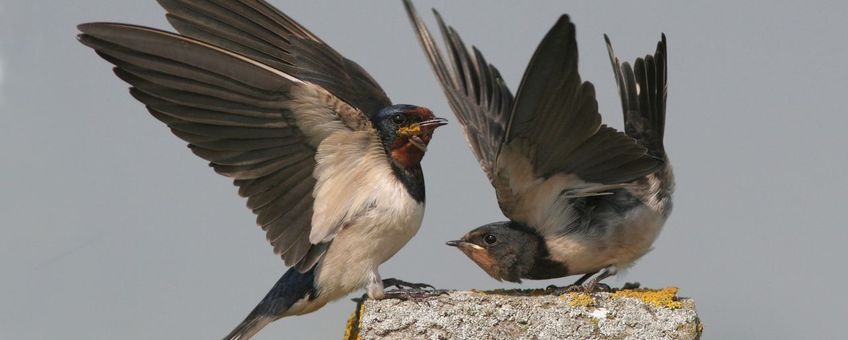
New full-hemisphere eBird animations
eBirdThis shared effort to illustrate bird occurrence begins to reveal the complex relationships of our birds to the environment and, as the seasons change, how birds flow around the planet in cycles of dispersal and migration. With this in mind, we are thrilled to share our 2017 STEM models, which are the product of several years of refinements and improvements over the classic eBird Occurrence Maps. STEM (Spatio-Temporal Exploratory Model) is a species distribution model that has been specifically developed for eBird data by statisticians and researchers at the Cornell Lab of Ornithology.
eBird data are inherently uneven, with birding effort clustered around cities, well-known parks and refuges, and even at certain times of year. These models account not just for variability in effort and time of day, but also for spatial and temporal variability in order to make smooth predictions across the continents and throughout the year. First released in 2009, these STEM models have since been used in numerous papers and reports including three State of the Birds Reports, most recently in 2016.
Our 2017 STEM models have a large number of improvements, most notably: 1) coverage of the entire Western Hemisphere; 2) model predictions of abundance, instead of occurrence or frequency (which is why counting birds matters!); 3) predictions of bird occurrence at finer scale than before (formerly 30km, now 8km), making for more detailed maps; 4) use of new statistical techniques to mitigate effects of over-extrapolation.
Each pixel in these models gives a specific prediction for the expected number of individuals you could expect to encounter at a given location if you went birding for 1 hour at 7am covering 1 kilometer of distance.
These models use your eBird data, so we thank you all for your effort-based complete checklists and attempts to count or estimate the species you observed. All your data submissions have value.
We are kicking off the release of these new STEM models with one of the most widespread species and one of our favorites: Barn Swallow (Hirundo rustica). We’ll be adding more of these new STEM results in the coming weeks—see all new STEM models here as they’re added.
